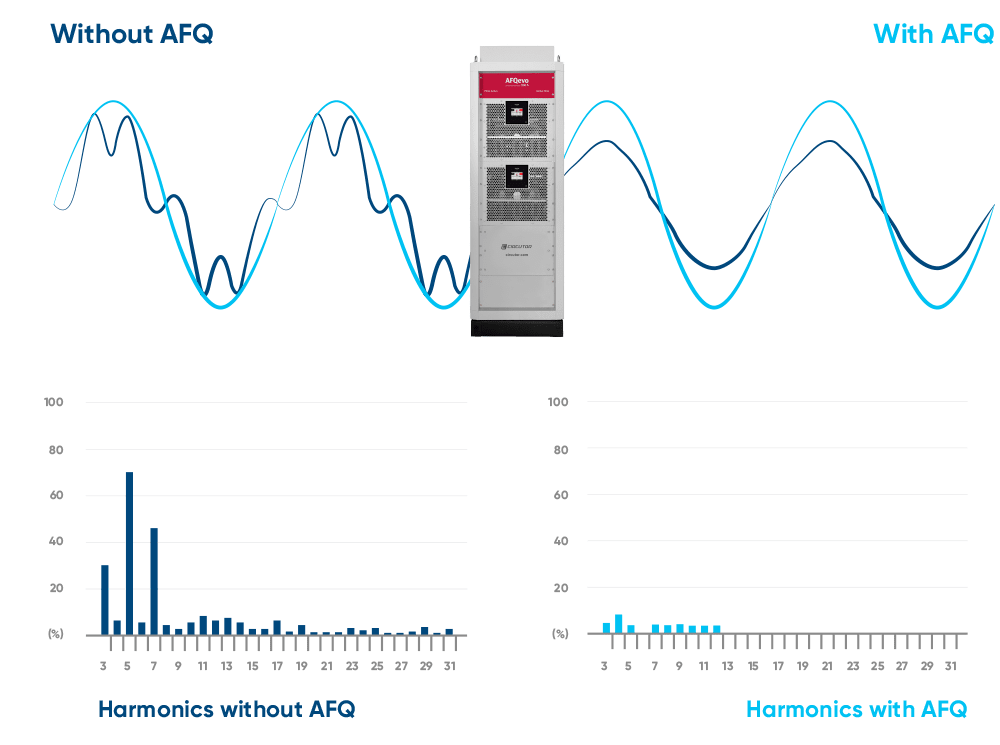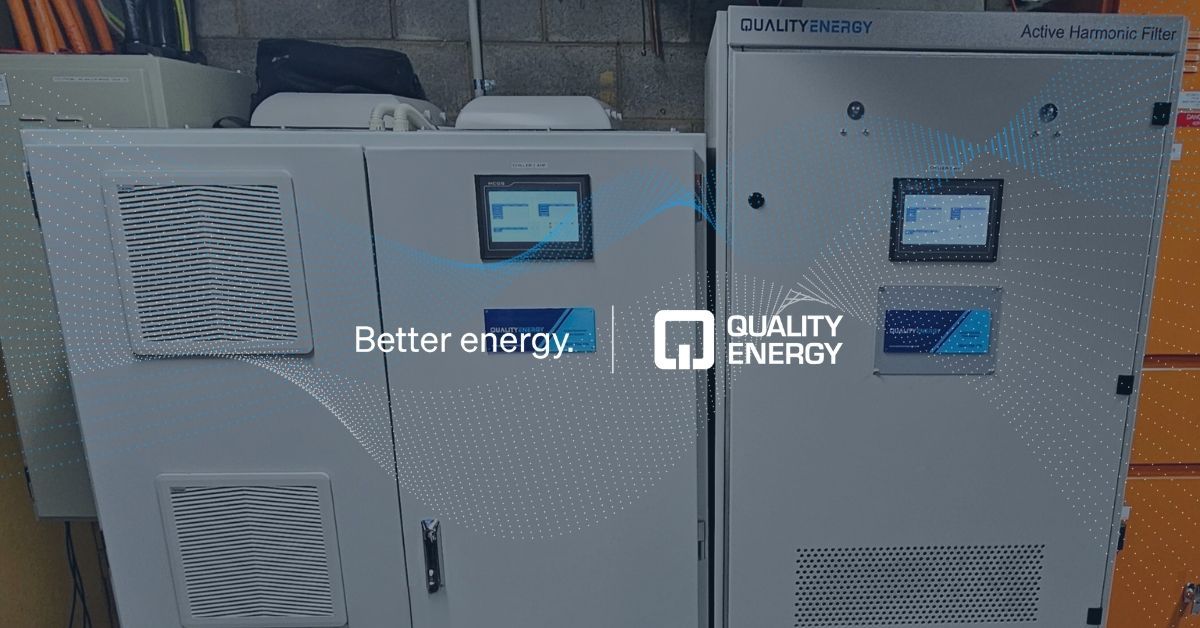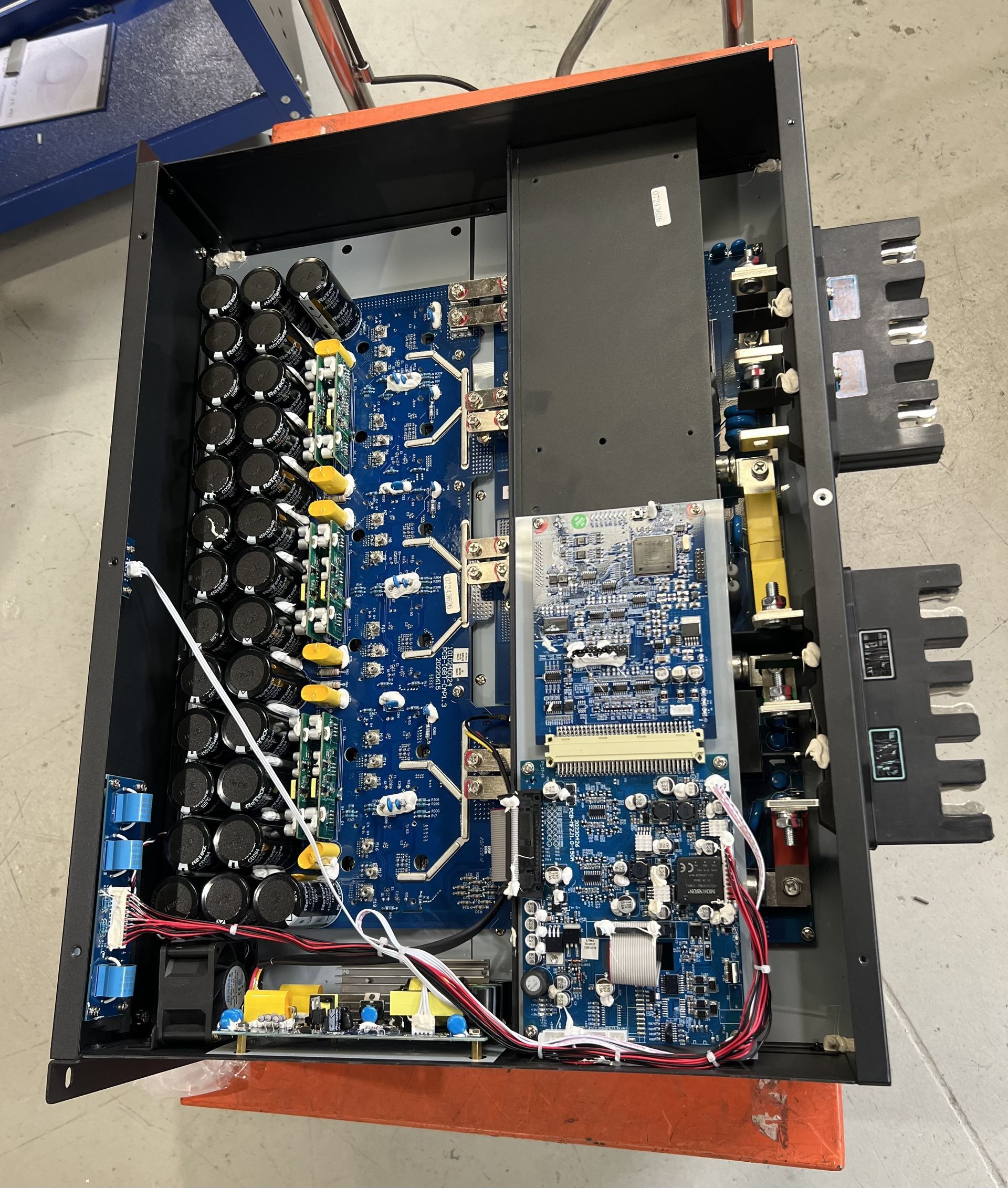Impacts of Harmonic Pollution and How to Mitigate Harmonics
As our electronic devices are powered to be smaller, faster, and more efficient in production terms, the electronic components embedded within these devices also create unwanted distortion within the electricity network. This distortion (or ‘harmonics’) affects the correct functioning of most of the connected equipment.
What are Harmonic Voltages?
Harmonic voltages (harmonics) result from the distortion of standard electrical current caused by non-linear electrical loads. This symptom of the electrical load is caused by standard office equipment and industrial machinery with switch-mode power supplies (SMPS) that convert utility AC voltage to regulated low-voltage DC for internal electronics. Computers, photocopiers, laser printers and air conditioning units are examples of single-phase non-linear loads. Three-phase, non-linear loads are more often associated with factories and industrial plants.
These non-linear power supplies draw current in high-amplitude short pulses that create significant distortion in the electrical current and voltage wave shape—harmonic distortion, measured as total harmonic distortion (THD). The distortion travels back into the power source and can affect other equipment connected to the same source. Most power systems will experience problems when harmonics become a significant component of the overall load.
Technical and Economic Impacts of Harmonic Pollution
Harmonics have the potential to cause equipment malfunction, overheating and hardware damage. Other common problems include:
- Overheating electrical distribution equipment, cables, transformers, standby generators, etc.
- High voltages and circulating currents caused by harmonic resonance
- Equipment malfunctions due to excessive voltage distortion
- Increased internal energy losses in connected equipment, causing component failure and shortened life span
- False tripping of branch circuit breakers
- Metering errors
- Fires in wiring and distribution systems
- Generator failures
- Crest factors and related problems
- Lower system power factor, resulting in penalties on monthly utility bills
How to Reduce Harmonic Pollution?
One way to mitigate harmonic pollution is by installing Active Harmonic Filters. Active Harmonic Filters include a series of transistors and capacitors to clean the current sinewave through inverse currents, eliminating the majority of undesired harmonic components.

Before installing an Active Harmonic Filter, it is essential to research and select a reputable provider. Like all Power Quality solutions, an Active Harmonic Filter houses complex electrical components. Choosing a high-quality brand installed by a reputable provider will ensure that you will effectively mitigate harmonics and prevent the problems from harmonics resurfacing again. A reputable provider will also conduct a harmonics survey to measure the harmonics currently present and assess the entire setup to most accurately pinpoint any danger points or issues that may need to be addressed.
Quality Energy’s dedication to excellence extends to the suppliers we partner with. We source our
Active Harmonic Filters from Circutor. The Spain-based manufacturer’s range of Active Multi-Function Filters (the AFQ range) is considered the complete solution on the market. These are specifically designed in response to the increasing variety of electrical equipment found in commercial properties. From laptops to air conditioning units to vast manufacturing machinery, an active multi-function filter will ensure every single electrical device can be run on the same electrical system without compromise.
Read more about how Quality Energy helped
Flinders Private Hospital to continue its critical life-saving work through mitigating the harmonics in their electrical network.
Related news








